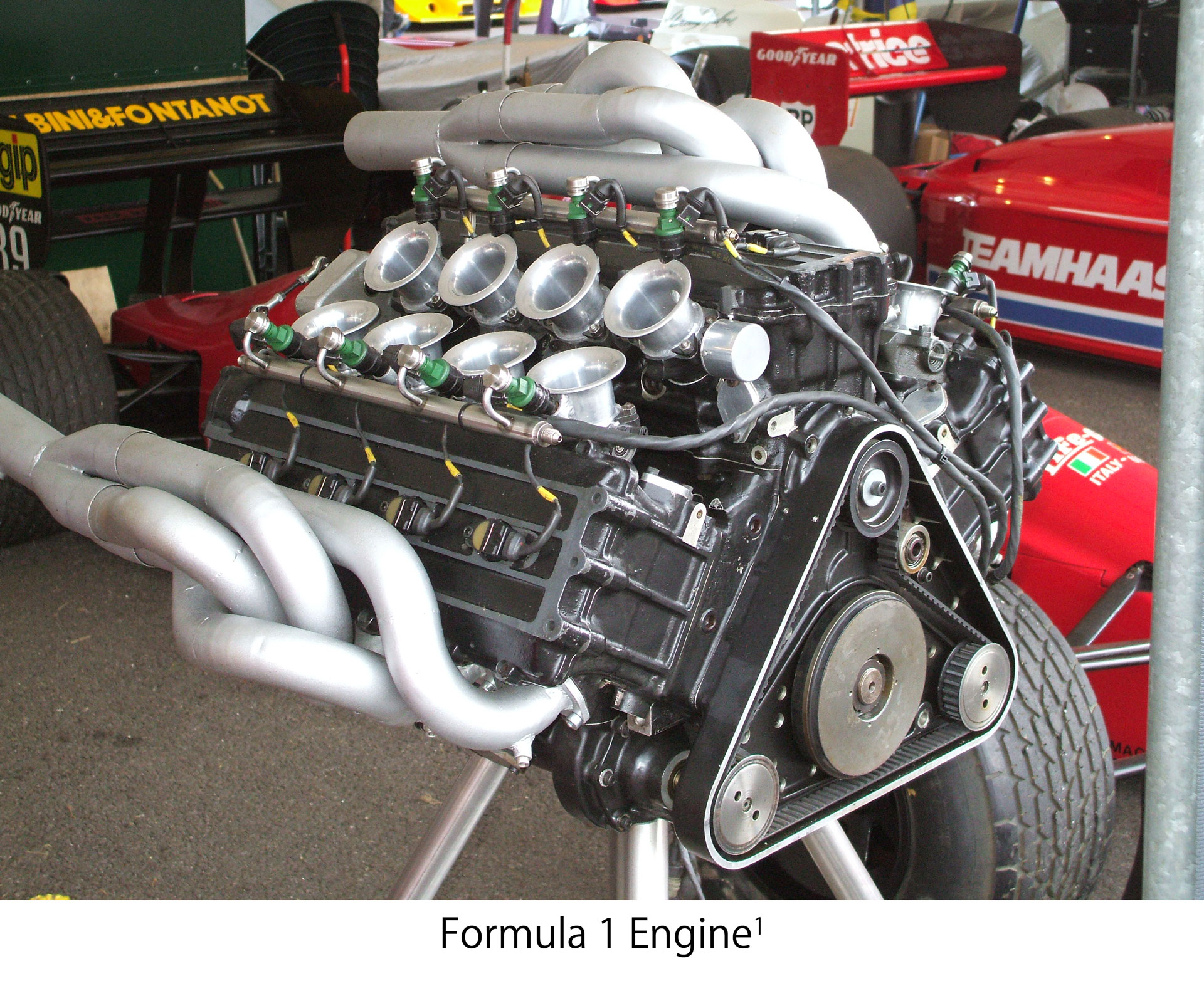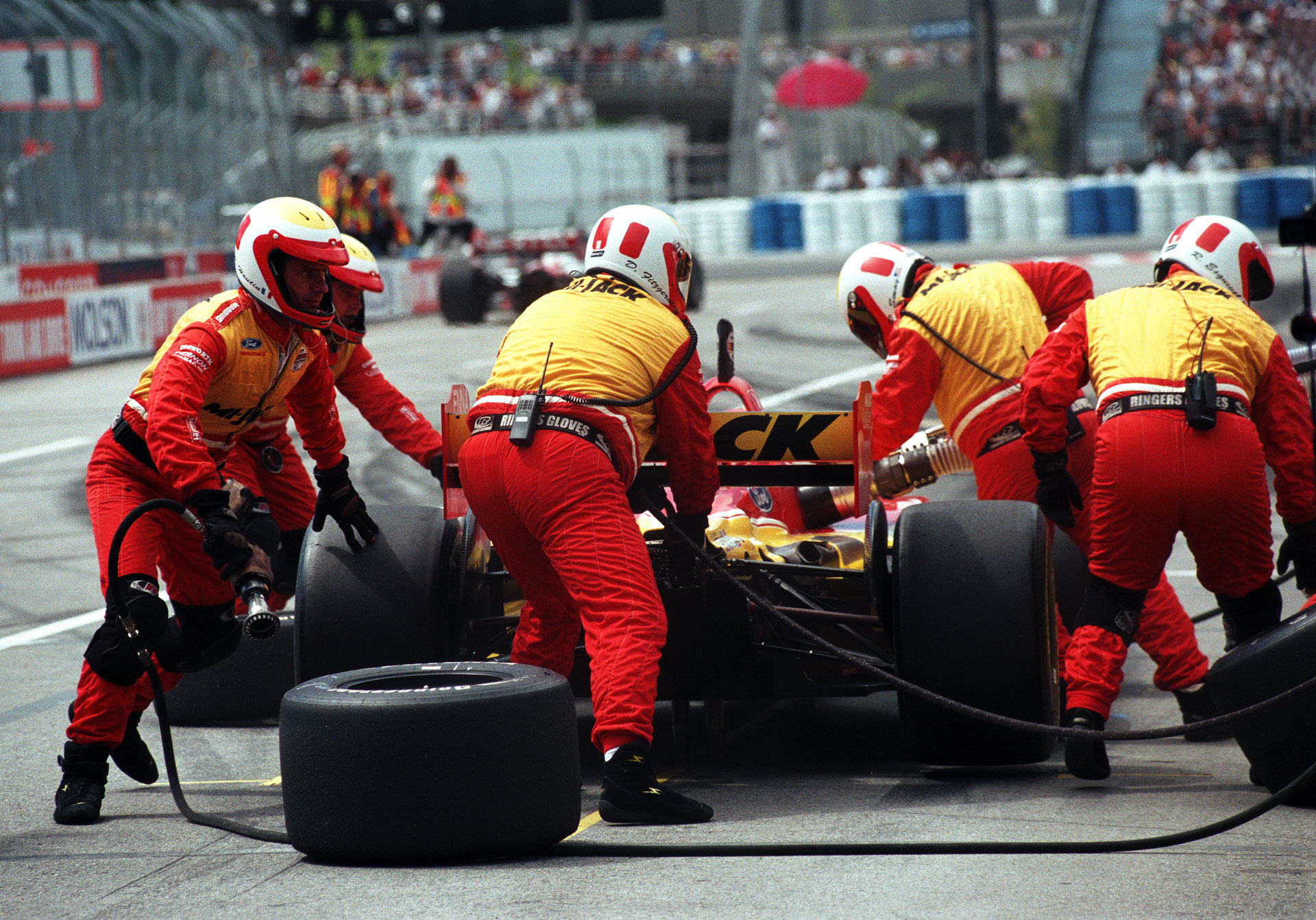Formula 1 Video Wall Design
RGB Spectrum’s approach to video wall processors is much like Formula 1 racing. Formula 1 car racing is all about performance tuning, with stringent rules that define the components and design parameters. Although its components are similar to those used in commercial vehicles, an integrated race car system extracts maximum performance from those components with spectacular results. Synergy, where the performance of the whole is greater than the sum of its parts, is as true for a Formula 1 race car as it is for an intelligently designed, high-performance wall processor.
A professional grade intelligent video wall processer is as different from a typical PC system as a Formula 1 race car is from a family minivan. Though the components might be the same, their performance levels are worlds apart. We can better understand this by looking at differences in backplane construction, processing isolation, reliability, system control, and PC application support.
Video Backplane Design
 Just as a Formula 1 race car starts with a powerful engine, a high-performance video wall processor is built around a high-performance Peripheral Component Interconnect Express (PCIe) backplane specifically designed to support video processing. A typical PC server backplane with 2 or 3 PCIe 16-lane slots does not have the power to support high-resolution video processing of multiple signals. To deliver this level of performance, an intelligent wall processor must have the maximum number of slots (17 PCIe 16-lane slots for a 19” rackmount unit), with each slot utilizing the maximum available bandwidth.
Just as a Formula 1 race car starts with a powerful engine, a high-performance video wall processor is built around a high-performance Peripheral Component Interconnect Express (PCIe) backplane specifically designed to support video processing. A typical PC server backplane with 2 or 3 PCIe 16-lane slots does not have the power to support high-resolution video processing of multiple signals. To deliver this level of performance, an intelligent wall processor must have the maximum number of slots (17 PCIe 16-lane slots for a 19” rackmount unit), with each slot utilizing the maximum available bandwidth.
A fully loaded 16-lane PCIe 2.0 backplane should be able to support the simultaneous processing of 21 uncompressed 1080p video signals at 60 Hz, 24-bit, 4:4:4 color sampling or more signals (up to 56) if these specifications are lower. To properly process 4K video, however, a processor’s backplane would need to comply with PCIe 3.0 specifications (released in 2010), which would support up to 7.877 Gbps per lane, or up to 126.032 Gbps/slot on a 16-lane backplane.
In addition, the BIOS must support a wide array of advanced features such as bus arbitration, timing, and related features. All of these capabilities are integral to the functioning of an intelligent wall processor and simply beyond the reach of a typical PC server backplane.
Processing Isolation
Typical PC servers rely on the CPU to direct data across the backplane between peripheral cards, the GPU, and other computer subsystems. However, when required to process multiple video signals, system performance will be severely affected by the fact that the CPU lacks the bandwidth and computing capacity to process such large amounts of data effectively.
In contrast, a properly designed intelligent video wall system uses the CPU to send routing, scaling and layout instructions, and monitor system health (“control plane”), but not to drive the video processing and display functions of the system (“data plane”). Instead, video input and output processors communicate directly with each other over the PCIe backplane, so CPU limitations do not adversely impact the system’s video processing capabilities.
The driver of a Formula 1 car should never have to push his car to propel it forward. But he does need to be able to make sure that the engine, and all other components, are functioning appropriately, and responding to his commands when time is of the essence. Similarly, to ensure high-performance from an intelligent wall processor, its CPU (the “driver” of the system) should monitor the system and facilitate communication, but NOT control the functioning of the individual video processing components.
Reliability
 The potential speed of a race car is irrelevant if the overall system is unreliable and unable to maintain top performance. Since a Formula 1 race can span multiple days, cars must be designed to perform over prolonged periods of time. Similarly, intelligent wall processors must be designed to deliver continuous performance with the highest degree of reliability.
The potential speed of a race car is irrelevant if the overall system is unreliable and unable to maintain top performance. Since a Formula 1 race can span multiple days, cars must be designed to perform over prolonged periods of time. Similarly, intelligent wall processors must be designed to deliver continuous performance with the highest degree of reliability.
In case any component in a high-performance race car or wall processor fails, the system should be designed to allow rapid repair and quick reboot/recovery to minimize the “pit time” needed to restore functioning. Aspects to look for in the design of an intelligent wall processor include: modular design, removable covers, simple board layout, hot-pluggable drives and power supplies, and less dependence on “spinning” parts (which are more likely to fail). In addition, each component should have extended “Mean Time Between Failure” rates to boost the overall reliability of the system. When these design considerations are built into an intelligent wall processor, the result is a system that is both highly reliable and easily serviceable.
System Control
 Performance is a function of refinement and control. Users need to be able to sit down in front of a control console (typically a PC workstation which communicates with the intelligent wall processor over a network) and immediately understand how to get their work done. The user interface should provide them with all of the information they need: what the system is doing, what inputs/outputs are available, and how to route inputs to outputs and change a wall’s layout.
Performance is a function of refinement and control. Users need to be able to sit down in front of a control console (typically a PC workstation which communicates with the intelligent wall processor over a network) and immediately understand how to get their work done. The user interface should provide them with all of the information they need: what the system is doing, what inputs/outputs are available, and how to route inputs to outputs and change a wall’s layout.
As users get more comfortable with system control, they may want to automate repetitive processes, save system layouts and settings, and recall preferred settings quickly and easily. An intelligent wall processer must provide such tools that can be accessed by advanced users who require these capabilities.
System control needs to be responsive. Just like a car needs to immediately respond when a driver turns the steering wheel of a car, the controls of an intelligent video wall processor must respond with the same immediacy. When operating a well-designed, intelligent wall processor, layout changes, routing changes, window resizing, opening and closing will occur with real-time responsiveness.
Application Support
One of the most requested features of an intelligent wall processing system is the ability to run end-user applications directly on a video wall. In a control room environment, computers, IP cameras, networked applications, and other video sources all send data to the wall for display. An intelligent wall processor must be able to receive these video feeds in their native formats and allow operators to easily select which signals to display and in what form.
Designing a wall processor that can run applications while managing control of the video backplane is a complex and daunting challenge. This involves understanding what resources each application uses, what services are needed to support it, its resource priority, and how it interacts with other applications. As with Formula 1, it is up to the support team to evaluate applications to determine how to performance tune it. This requires painstaking attention to detail coupled with exhaustive testing to ensure that the intelligent wall processor will interact with applications as intended.
An additional challenge is that IP video decoding may compete with the video backplane for the same system resources. The intelligent video wall processor must be capable of fully isolating these resources from each other, and reserving sufficient resources for IP decoding so that a reasonable number of streams can be handled at a reasonable number of frames per second.
Winning the Race!
 On race day, an intelligent video wall processor delivers the performance and reliability elements that allow an end-user to go the distance. For high-performance race cars and intelligent wall processors alike, intelligent design combines with a support team versed in its operation, optimization and maintenance to deliver a synergistic, high-performance system that wins every time.
On race day, an intelligent video wall processor delivers the performance and reliability elements that allow an end-user to go the distance. For high-performance race cars and intelligent wall processors alike, intelligent design combines with a support team versed in its operation, optimization and maintenance to deliver a synergistic, high-performance system that wins every time.
Компания RGB Spectrum — ведущий разработчик и производитель критически важных аудиовизуальных решений в режиме реального времени для гражданских, правительственных и военных организаций. Компания предлагает интегрированное оборудование, программное обеспечение и системы управления для реализации самых высоких стандартов. С 1987 года RGB Spectrum помогает своим клиентам принимать лучшие решения.Better Decisions. Faster.™


